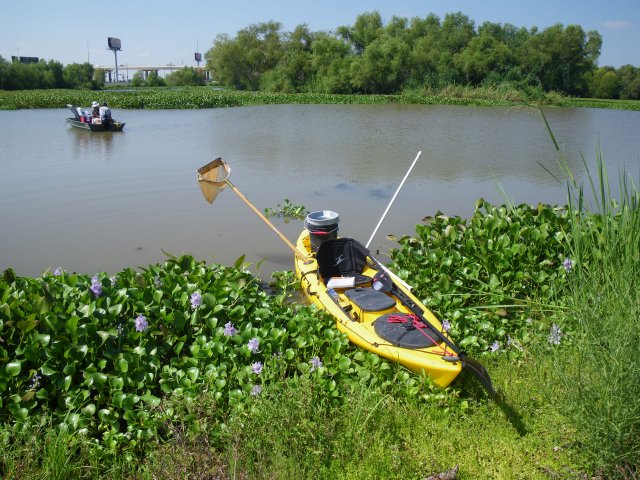Background of the National Aquatic Resource Surveys
The National Aquatic Resource Surveys (NARS) are statistical surveys designed to assess the status of and changes in quality of the nation’s coastal waters, lakes and reservoirs, rivers and streams, and wetlands. Using sample sites selected at random, these surveys provide a snapshot of the overall condition of the nation’s water. Because the surveys use standardized field and lab methods, we can compare results from different parts of the country and between years. EPA works with state, tribal and federal partners to design and implement the National Aquatic Resource Surveys.
The surveys are designed to answer questions such as:
- What percent of waters support healthy ecosystems and recreation?
- What are the most common water quality problems?
- Is water quality improving or getting worse?
- Are investments in improving water quality focused appropriately?

These surveys are providing critical, groundbreaking, and nationally-consistent water quality information. Additionally, the national surveys are helping to build stronger water quality monitoring programs across the country by fostering collaboration on new methods, new indicators and new research.
The NARS are made up of four individual surveys that are implemented on a rotating basis:
- National Coastal Condition Assessment
- National Lakes Assessment
- National Rivers and Streams Assessment
- National Wetland Condition Assessment
Learn more about the National Aquatic Resource Surveys
- History of the NARS program
- What are probability surveys?
- What waters are included in the NARS?
- Calculating relative extent, relative risk and attributable risk
- Within-Year Temporal Variability in Water Chemistry - a White Paper
- Descriptions of the NARS ecoregions
- Timeline of the survey field seasons
- Partners in the surveys
- Photos of NARS sampling
